20 ways to prepare nutrient soil for flowers
20 ways to prepare nutrient soil for flowers
Many flower lovers do not know how to prepare nutrient soil for flowers when growing them, which results in poor ventilation and water permeability of flowers, and they are prone to yellow leaves, root rot, and even death. Below, Mr. Hua summarizes 20 common methods of preparing flower culture soil and shares them with everyone, so you don’t have to worry about root rot in the future!
1. Jasmine
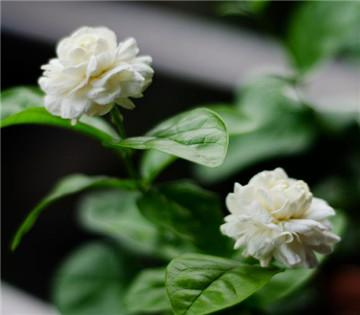
It prefers fertile, loose, slightly acidic sandy and semi-sandy soils, and is least suited to poor, heavy clay, and alkaline soils.
1. Topsoil: compost: fine sand should be prepared in the ratio of 4:4:2 .
2. Garden soil: leaf mold: fine sand or fine coal slag particles in a ratio of 4:4:2/3 , and mix in 0.1% sulfur powder.
2. Azalea
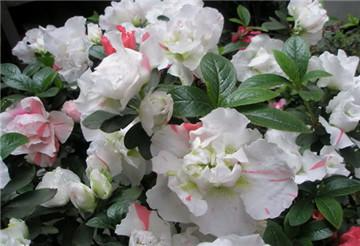
It likes acidic soil, requiring a pH of 5.5-7 . If this acidity is not maintained, it is difficult for the plant to survive. And the potting soil should be loose and well-drained, rich in humus, and heavy loess should not be used. Preparation method:
1: You can mix leaf mold, moss and mountain mud in the ratio of 2:1:7 .
2. Mix mountain soil: dry moss clippings: dry leaf mold: dry fertilizer in the ratio of 7:1:2:1 .
3. You can use topsoil: horse manure: fallen leaves and weeds: human feces and urine and pile them in layers according to the ratio of 3:3:3:1 . After 1-2 years, sieve them and set aside.
4. Mix mountain soil: leaf mold: garden soil: sandy soil in the ratio of 3:3:4:2 , and then add 20 grams of sesame paste residue and bone meal into the pot.
3. Camellia
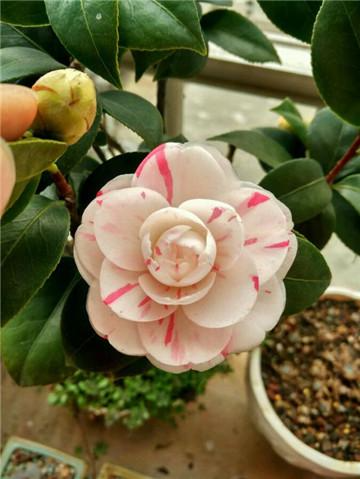
Camellia has strict requirements on soil. It is better to use pine leaf humus soil for cultivation. Other loose and fertile mountain mud and sandy soil can also be used. Preparation method:
1. Mix red soil, leaf mold and fine river mud in a ratio of 6:3 .
2. Mix leaf mold, garden soil and river sand in a ratio of 5:4:1 .
3. Use fully decomposed leaf mold and garden soil as the main material, supplemented with some compost, horse manure and river sand.
4. Rose
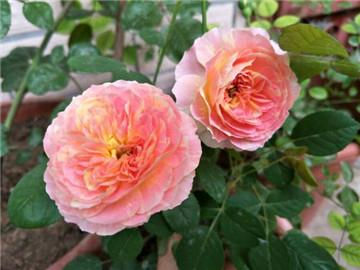
Prefers good water retention, ventilation, and fertilizer retention. Loose and slightly acidic or neutral soil. Preparation method:
1. Mix garden soil, straw compost soil and rice husk ash in the ratio of 2:4:4 and use after drying.
2. Humus soil: organic fertilizer: field sandy loam: bone meal, oil residue and wood ash are mixed evenly in the ratio of 3:2:4:1 .
3: Mix garden soil, coal slag and compost in the ratio of 3:2:2 , and then add 50-100 grams of decomposed cake fertilizer as base fertilizer.
5. Fortune Tree
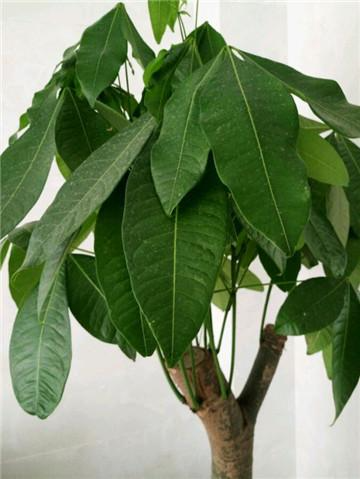
The requirements of the money tree on the pot soil are quite strict, and it prefers acidic sandy loam with good drainage and humus. Preparation method:
1. Mix garden soil or leaf mold: dry human and animal feces: fine river sand or granular slag in the ratio of 6:3:2 .
2: Mix garden soil: decomposed organic fertilizer: coarse sand: coal slag: peanut cake in the ratio of 6:2:2:1 .
6. Pothos
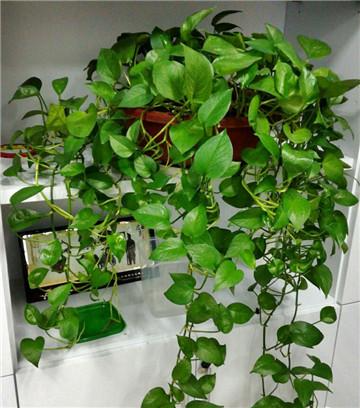
It prefers loose, well-drained, humus-rich sandy and slightly acidic soil.
1. Mix garden soil, sawdust and mushroom mud in a ratio of 5:3:1 . It is better to use it after composting for half a year.
2. Mix leaf mold or peat soil: garden soil and coarse sand in a ratio of 1:1:1 .
7. Rubber Tree
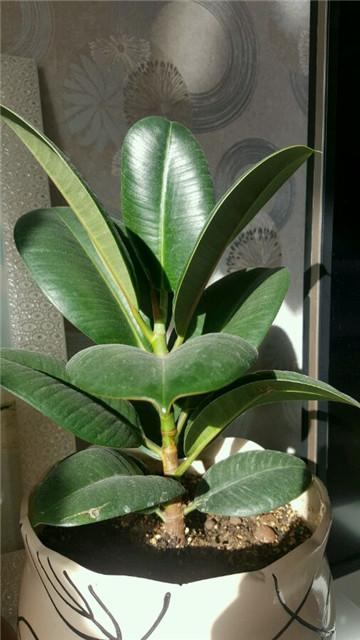
Suitable for growing in loose, fertile, slightly acidic soil. Preparation method :
1. Leaf mold: garden soil: river sand in a ratio of 1:1:1 and add a small amount of base fertilizer.
2. Mix peat, leaf mold and river sand in the ratio of 2:2:1 , and then add a small amount of base fertilizer.
3. Peat soil or leaf mold: garden soil: river sand in a ratio of 2:2:1 . Add a small amount of bone meal or cake fertilizer residue, wood ash, etc. as base fertilizer.
8. Orchid
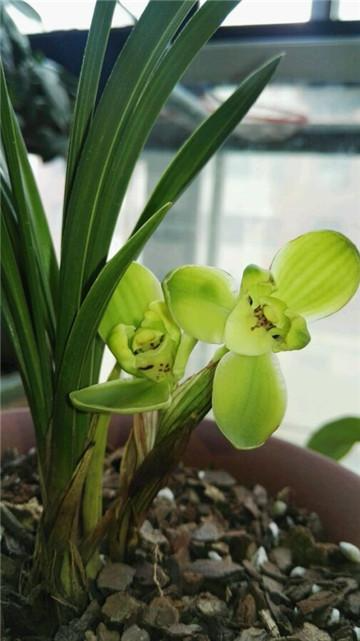
You can buy orchid mud or prepare it yourself. Preparation method:
1. Prepare leaf mold or peat soil: sandy soil: cake fertilizer in the ratio of 6:3:1 .
2. Leaf mold: compost soil: coarse sand should be prepared in the ratio of 5:3:2 .
9. Geranium
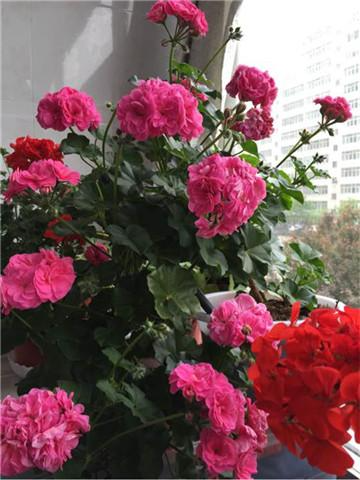
Prefers well-drained soil. Preparation method:
1. Garden soil: compost, manure, dry manure and sand in the ratio of 4:3:1:2 .
2. Humus soil: Mix rice husk ash and garden soil in a ratio of 1:1:1 , then add a small amount of superphosphate and mix well.
10. Euphorbia pulcherrima
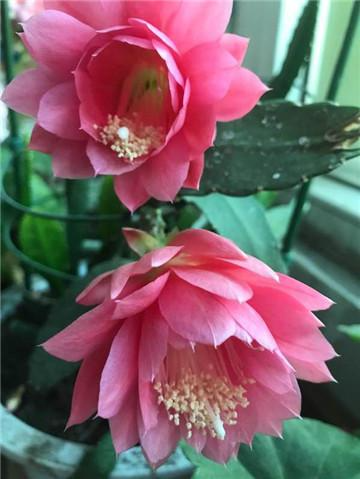
Prefers loose, fertile, well-drained soil rich in organic matter. Preparation method:
1. Mix rotten leaves, rice husk ash and cleaned river sand in the ratio of 5:2:2 .
2. Mix leaf mold, garden soil and fine river sand in the ratio of 4:4:2 .
3. Mix leaf mold, coarse sand, garden soil and compost soil in the ratio of 4:1:3:2 .
11. Aloe Vera
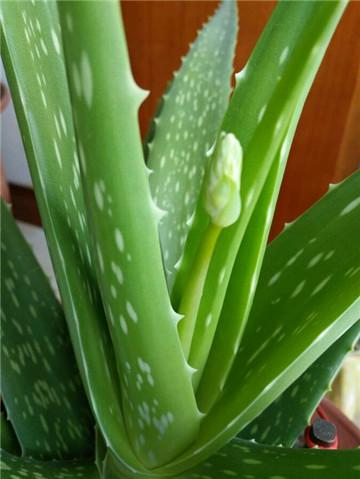
Mainly use marsh soil and sand, add leaf mold, grass ash, shell pieces, etc. as culture soil. Clay is not conducive to drainage and should be avoided as much as possible. The soil should be neutral or slightly acidic. Preparation method:
1. Humus: garden soil: river sand in a ratio of 2:2:1 .
2. Mix garden soil, compost, sand or sawdust in a ratio of 2:2:1
12. Epiphyllum
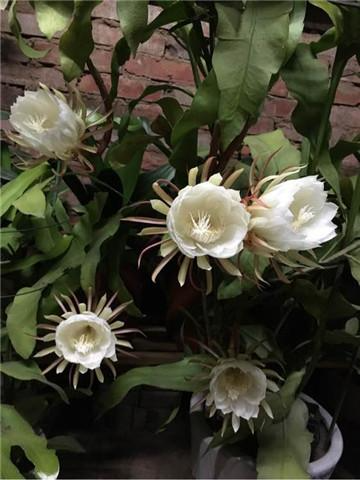
Prefers loose, fertile, well-drained soil. Preparation method:
1. Leaf mold: garden soil: river sand are mixed in the ratio of 1:1:1 , and some decomposed organic fertilizer are added.
2. Garden soil: leaf mold: compost soil in a ratio of 2:2:1 .
3. Leaf mold: coarse sand in a ratio of 3:2 .
13. Petunia
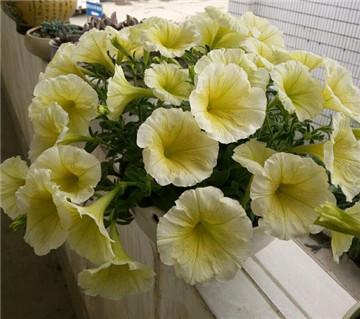
It likes to grow in loose, fertile and well-drained slightly acidic sandy loam, with a pH of 6 to 6.5 .
1. Peat: garden soil in a 1 : 1 ratio, and adding a certain amount of organic fertilizer and soil fungicide and insecticide will have a better effect.
14. Amaryllis
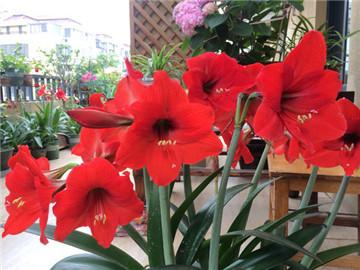
The culture soil prefers loose sandy soil rich in organic matter and good drainage, with a pH value of about 5.5 to 6.5 . Preparation method:
1. Mix leaf mold, rice husk ash and garden soil in the ratio of 6:2:2 .
2. Mix fine sand with fertile loam containing humus.
3. Mix leaf mold, fine sand and garden soil in a ratio of 1:2:1 .
15. Cyclamen
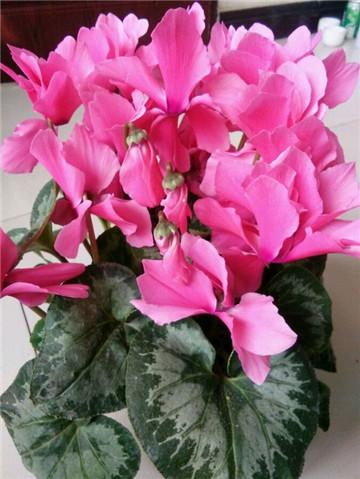
It prefers loose, fertile, well-drained and humus-rich sandy loam, and the soil pH should be between 6.0 and 6.5 . Preparation method:
1. Mix 5 parts peat, 3 parts river sand and 2 parts perlite in a ratio of 5:3:2 .
2. Peat: perlite: slag are prepared in the ratio of 5:2:3 .
16. Milan
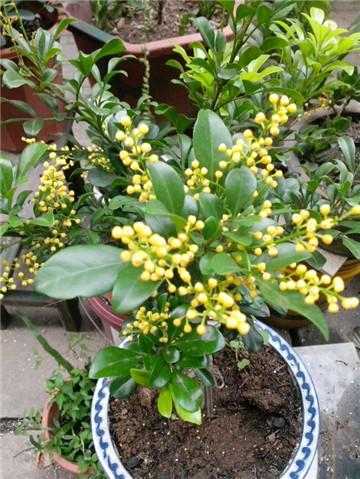
It prefers loose, fertile, slightly acidic soil, so the culture soil can be mainly leaf mold. Preparation method:
1. Compost: Mix leaf mold and river sand in the ratio of 25:50:25 .
2. Mix leaf mold, manure and river sand in the ratio of 4:3:3 .
17. Dahlia
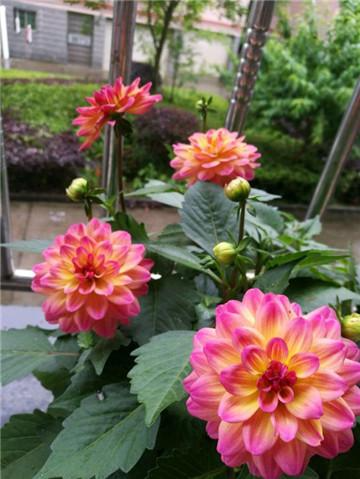
It is suitable for growing in loose, humus-rich and well-drained sandy loam. Do not use compacted soil, as this type of soil is prone to waterlogging and root rot. Preparation method:
1. Garden soil: leaf mold: sandy soil: dry manure should be mixed in the ratio of 5:2:2:1 .
2. Mix leaf mold: garden soil: sand and wood ash in the ratio of 10:7:2:1 .
3. Mix leaf mold, river sand and organic fertilizer in the ratio of 3:1:1 .
4. Garden soil: leaf mold, sand and dry manure in a ratio of 5:2:2 .
18. Pansy
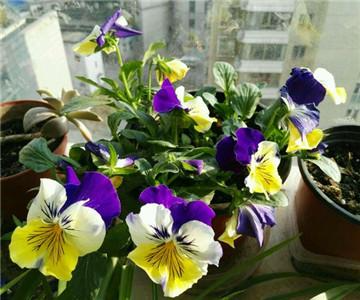
It likes to grow in loose and fertile sandy loam. The pH value should be between 5.8 and 6.2 .
Peat soil: fine wood chips: loam: mature compost are mixed in the ratio of 3:2:4:1 .
19. Cineraria
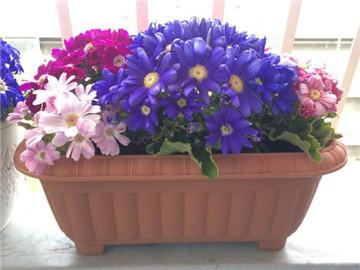
Prefers loose, well-drained, humus-rich sandy loam. Preparation method:
1. Mix leaf mold: garden soil: cake fertilizer powder: bone meal in the ratio of 30:15:3:2 .
2. Garden soil: leaf mold: decomposed fertilizer in a ratio of 10:7:3 .
3. Garden soil: leaf mold: compost soil: river sand are mixed in the ratio of 2:1:1:1 , and cake fertilizer and superphosphate base fertilizer are added.
20. A bunch of red
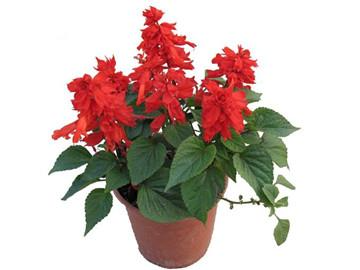
Prefers well-drained, loose and fertile sandy loam. The pH value is required to be between 5.5 and 6.0 . Preparation method:
1. Prepare leaf mold, fine sand and garden soil in the ratio of 1:2:1 .
2. Leaf mold: sandy loam: cake fertilizer powder should be mixed in the ratio of 3:6:1 .